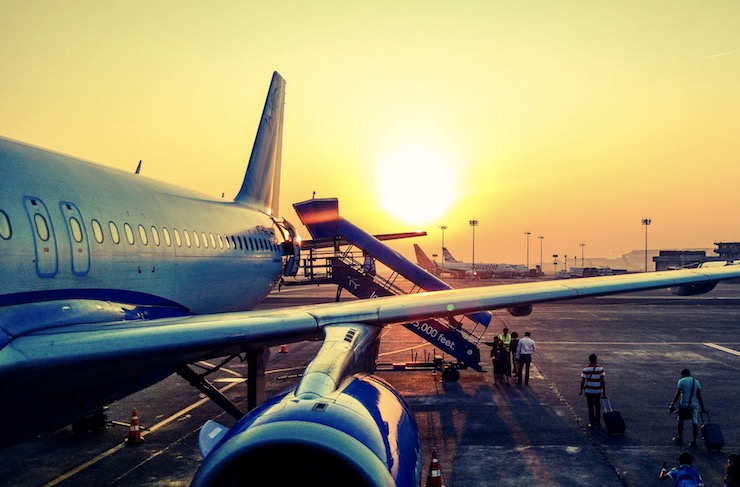
Once again drones have caused havoc at an international airport. Drones interfering with airports first came into the spotlight when flights were grounded at Heathrow, UK, Europe’s busiest airport and Gatwick, the second busiest airport. It happened again at Newark Airport and then shortly after at the Dubai International Airport. This past week drones interfered with the operation of over 60 flights at Changi Airport, Singapore.
According to statistics found on Changi’s website, “Changi Airport serves more than 100 airlines flying to some 400 cities in about 100 countries and territories worldwide. Each week, about 7,400 flights land or depart from Changi, with more than 65.6 million passengers passing through the airport a year.” It has been rated the world’s best airport for 7 continuous years by Skytrax, and is one of the top 20 busiest airports throughout the world.
Singapore’s Civil Aviation Authority confirmed that drones flying within the vicinity of the airport forced the closure of one runway and the cancellation or diversion of other flights both inbound and outbound. The CAAS stated that “Members of the public are reminded that the authorities take a serious view of errant operations of unmanned aircraft which may pose threats to aviation or endanger the personal safety of others.” They have now begun an official investigation into the incident.
Because drones are piloted remotely it can be very hard to locate and apprehend a drone operator. Unless the drone is captured and is registered to a pilot, authorities may not be able to track down the drone pilot. Investigations and eyewitness accounts can only go so far. When Gatwick Airport was shut down for over 33 hours, it resulted in 1,000 flights being delayed or canceled. This cost the airport and airlines millions of dollars and disrupted the travel plans of millions of people.
As a result of this Heathrow, Gatwick, and airports around the world are investing millions of dollars into anti-drone technologies. The CAAS is following suit as well. One such measure that airports like Changi could begin to use is a drone jammer gun. When pointed at an errant drone, the jammer gun temporarily breaks the radio connection that is controlling the drone. This will force the drone to crash. Though this can be a procedure that has dangerous consequences, they are far less dire than a drone colliding with a plane in the air.
The bottom line is that ANYONE operating a drone is well aware of the fact that drones are restricted from flying near airports. These are occurrences that should not be happening. The authorities in Singapore have warned that when they catch the individuals responsible for the mess this month, and any futures violators, they could be fined upwards of $20,000 SGD ($14,780 US) and a year in jail.
|